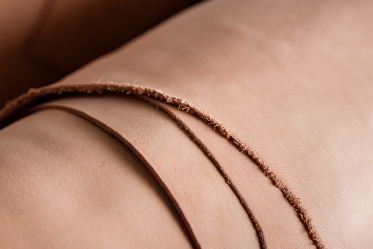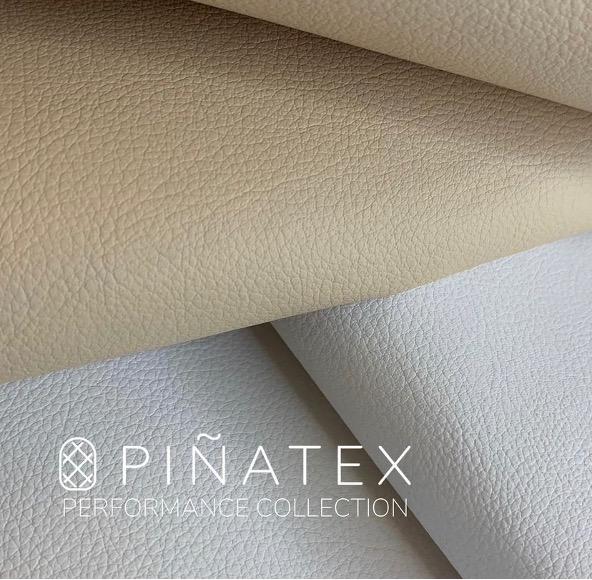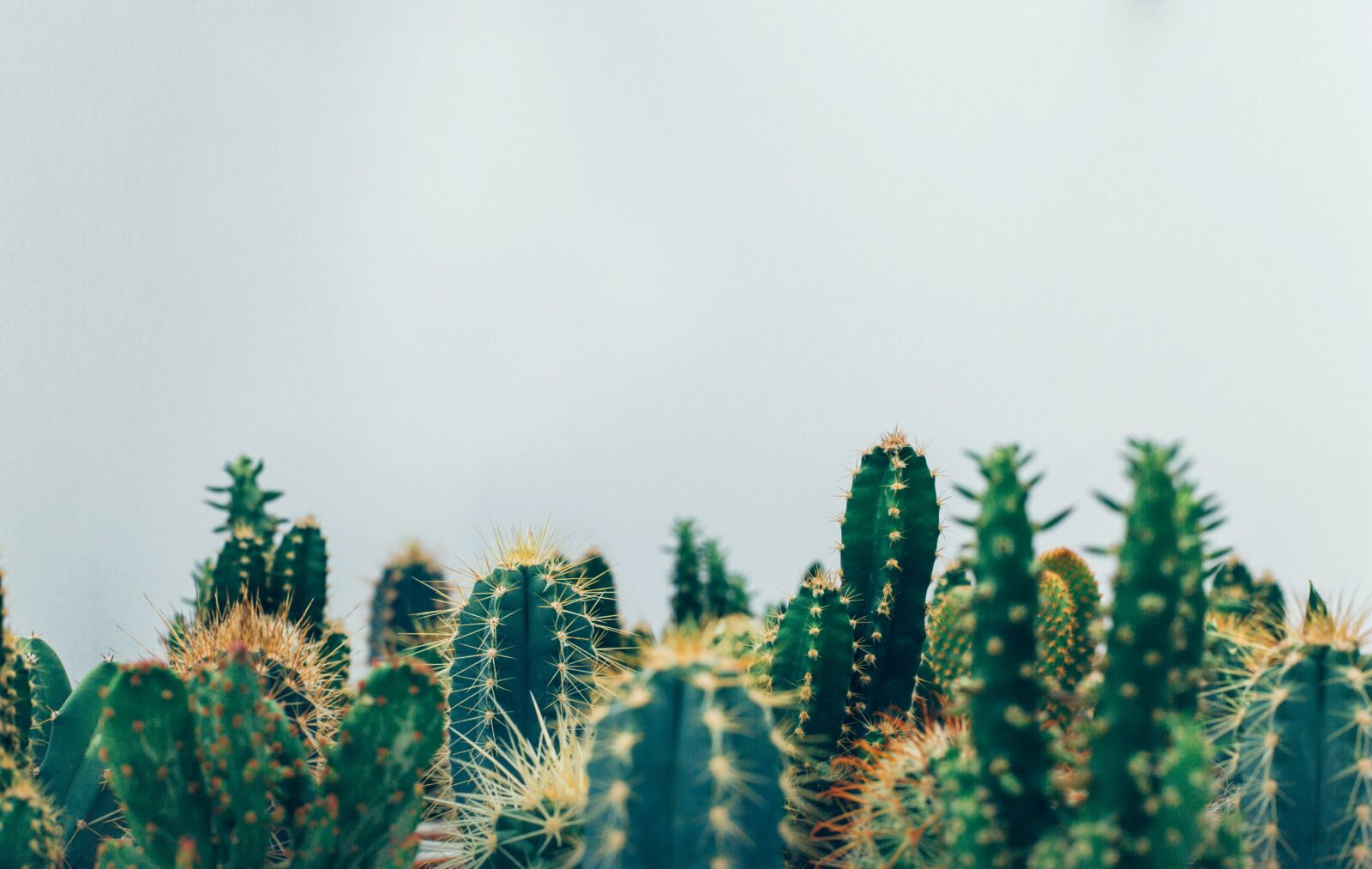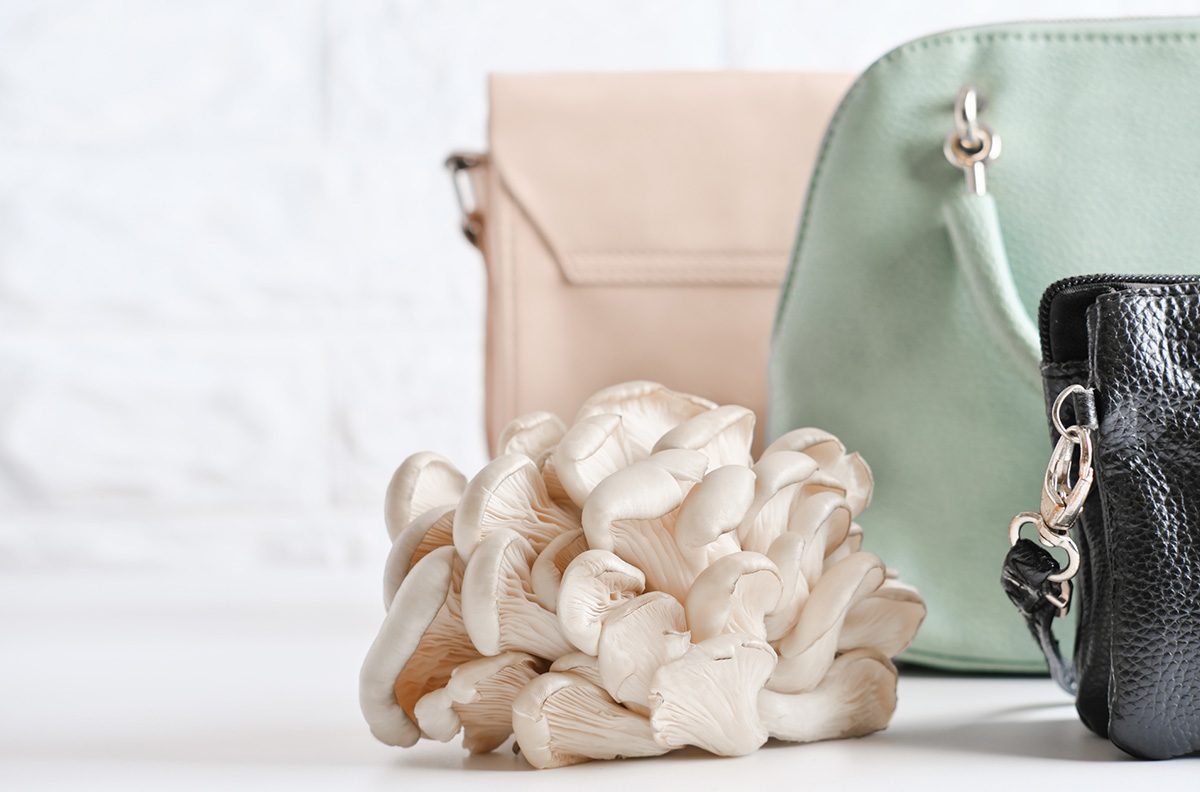Veganuary! For the last 7 years, this increasingly popular vegan diet movement has kicked off the new year through the month of January. But many are looking beyond what they put into their bodies and are starting to consider what they’re wearing on the outside as well.
As more consumers become curious about the processes behind the clothes they wear, perhaps this is the time to try leather alternatives or more responsible routes in leather product creation. From both an environmental and animal rights standpoint, leather alternatives are gaining traction and are more advanced today than ever before.
Looking at the history of leather, this material is one of the oldest to be used by humans. However, from an environmental perspective, leather is often criticized because of the way it’s tanned before use. The tanning process can have a harmful effect on the environment. The leather hides are submerged in drums of water and tanning agents to stop them from decomposing and, in turn, to hold color features. This process produces a chemical slush and gases which, if not disposed of responsibly, can contaminate local waterways or affect tannery workers.
Leather is biodegradable and is a by-product of the meat industry. The production of leather prevents animal hides from ending up in landfills. Leather is a very complex subject when discussing sustainability; it has the potential to be the one of the most circular materials but is also often perceived negatively.
It’s important to point out that there are amazing organizations such as the Leather Working Group (LWG) which have been heralded for their environmental best practices since 2005, providing guidelines for continual improvement in the production of leather. In fact, the LWG offers a suite of auditing tools to assess the environmental performance of leather manufacturing facilities, certifying those that meet standards globally. With all of this said, there have been advancements in tanning with less chemicals. There is also the option of vegetable tanning which is a more expensive manufacturing process using bark, wood, berries, roots, and leaves.

Vegan leather (more commonly known as Polyurethane leather (PU) or Polyvinyl chloride leather (PVC)) is made from plastic polymers. The various types of vegan leather have an environmental impact because they are manufactured from fossil fuels and are not biodegradable. Their production process also releases toxic chlorine-based chemicals. It could be argued that vegan leather isn’t the optimal alternative, although there has been some development with water-based polyurethane resin which is really promising. This replaces organic solvents with water; the production process is pollution-free, non-toxic and doesn’t contain harmful chemicals such as DMF; and it has zero volatile organic compounds (VOC), which is more environmentally friendly.
Innovations in Plant-Based Leather Alternatives
There are also new and exciting plant-based alternatives on the market which are kinder to the environment. American start-up Bolt Threads is developing Mylo, a lab-grown leather made from mycelium, the underground root structure of mushrooms.
As a consultant for the Philippine leather export industry in the 1990s, Piñatex founder Carmen Hijosa was shocked by the level of pollution she saw from traditional leather production. Since then, Hijosa has been working to create a leather alternative – and has succeeded by creating a textile made from the biproduct of pineapple leaves. This textile – like her company – is called Piñatex. Not only is Piñatex a natural, sustainably sourced, cruelty-free material, but the manufacturing process it undergoes also provides an additional income stream for farming communities in the Philippines.

Traditional leather manufacturing involves removing everything from the animal skin that isn’t collagen. Modern Meadow has bio-engineered a strain of yeast that, when fed sugar, produces collagen. This collagen is then purified and tanned to create a product which looks exactly like leather.
Cactus is another plant-based leather alternative that has a huge positive impact on the environment. The cactus plant naturally absorbs a high volume of CO2 and can also help to regenerate soil in degraded areas due to its resilient nature. The process of creating leather from cactus uses their mature leaves without damaging the whole plant, allowing for repeat harvesting from the same crops. This reduces both the amount of land needed and the environmental resources that are used in this process.
Another plant-based option is grape leather. This unique alternative is made using the skin, seeds, and stalks of grape clusters recovered from the winemaking industry. The manufacturing process produces an extremely high yield of material with low environmental impact, low production costs, and no polluting substances. Most mentionable is the fact that grape leather is used by London-based material science company Pangaia on their latest sneaker release.
Lastly, Biotech start-up Modern Meadow is changing the way we think about materials with Zoa, its bio-fabricated leather. The essential, biological-component leather is made up of collagen, a fibrous structural protein. Traditional leather manufacturing involves removing everything from the animal skin that isn’t collagen. Modern Meadow has bio-engineered a strain of yeast that, when fed sugar, produces collagen. This collagen is then purified and tanned to create a product which looks exactly like leather.
Agricultural waste is becoming a serious business. Some of the above options are popular choices for many global footwear and accessory brands as they introduce more responsible materials into their product offerings. It’s probably pertinent to mention that some plant-based alternative materials can be PU-backed or coated, or may be harvested badly. In an industry where consumers are demanding more transparency, ethical business is the only way forward.

Alternative Materials of the Future
It is imperative that we have the promise of sustainable leather alternatives, pushing ideals as both businesses and individuals. While not dismissing counter or opposing views, we must diversify materials; relying solely on traditional materials is putting a strain on the environment. New materials and innovative design can lead to real change, so creatives/designers need to be promoted to ensure scalability and success.

About the author
Andrew Thompson is a thought leader with over twenty years’ experience as a footwear Trend Forecaster and Design Director having worked with brands such as Vans USA, Kurt Geiger, Topman, Nicole Fahri and Clarks International, to name a few. He is also founder of global consultancy Fable Footworks.
More from Andrew Thompson
The author of this blog post, Andrew Thompson, has also spoken at our webinar, The eco awakening of materials. Tune in to hear more from him here!
Related content
Want to chat?
We’d love to hear from you. Reach out to see how we could work together.





